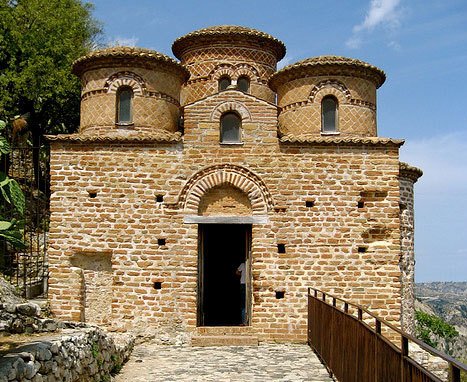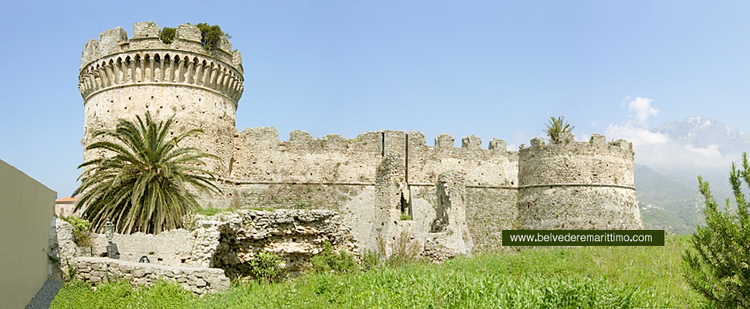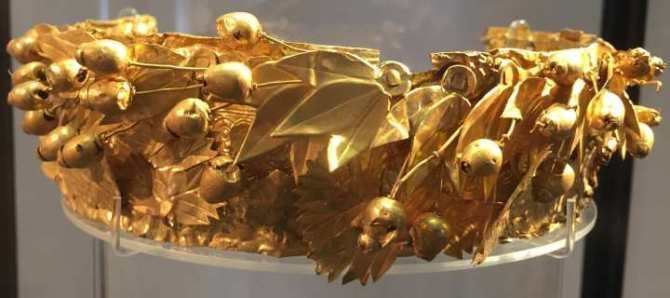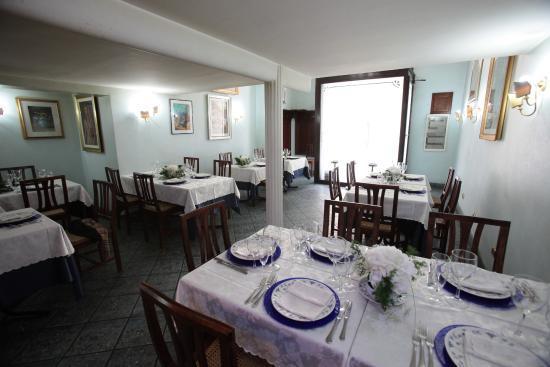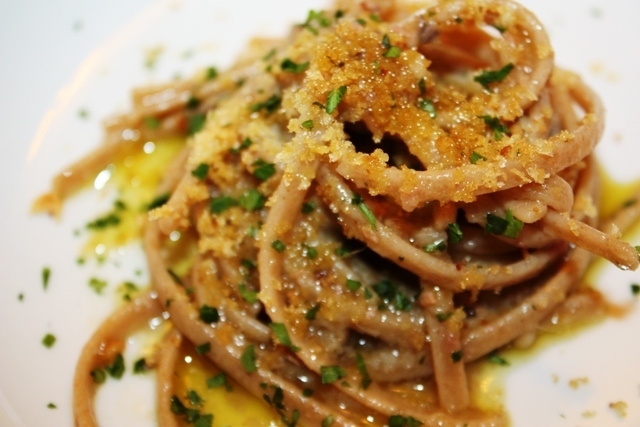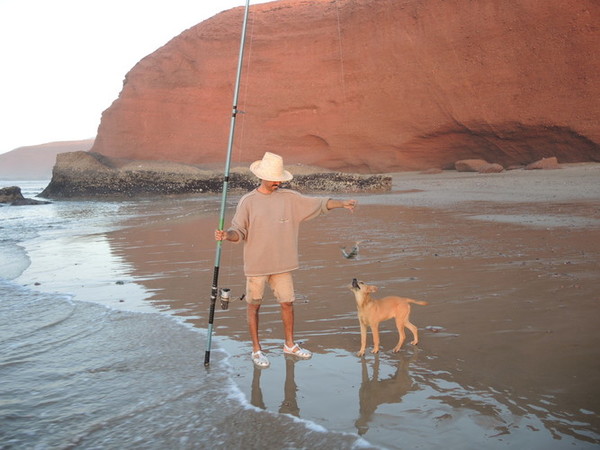The best monuments in Calabria
The church of St. Mary of island
It is the symbol of Tropea and is located on a promontory overlooking the local beach. It was most probably erected between the sixth and ninth centuries and at the beginning of its history it housed a community of Basilian monks. Then in the custody of the Benedictines. The story is linked to the memory of a miracle that occurred at the time of the iconoclasm, when a statue of a wooden Madonna of the East miraculously landed on the Tropea beach.
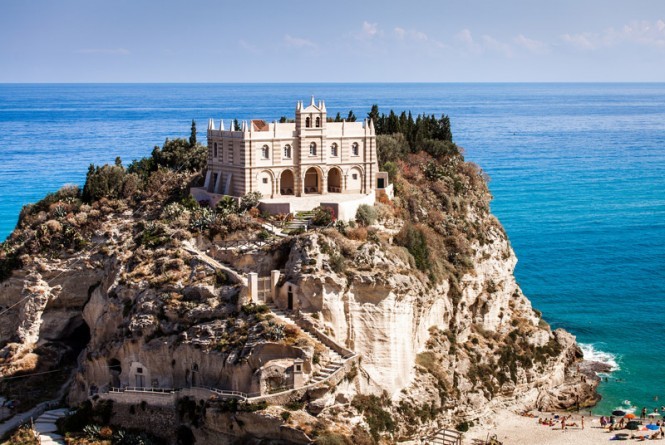
Catholic of Stilo
Its construction is due to the eastern monks, who settled in caves called laure between the 10th and 11th centuries. The Catholic of Stilo is as part of an old monastery dedicated to the Assumption. It has a chromatic and geometric richness reminiscent of the churches of the East. Inside there are inscriptions in Arabic and others of biblical texts, as well as the remains of ancient frescoes of the Madonna, Christ and Saint Nicholas.

Old Roghudi
It is an ancient village now abandoned and can be considered a ghost town. The name derives from the Greek "rogòdes", full of crevasses or from "rhekhodes", sour, and the origins date back to the year 1050. One of the most famous legends revolves around the figure of the Anarades, that is of women with feet in the shape of hooves that lived in the contrada difronte Roghudi. It is said that the anarads tried to attract the women of the village by pushing them towards the river to wash their clothes in order to kill them, so that men could mate only with them. The tricks to attract women were different, like taking the voice of family or acquaintances. To protect themselves from their raids, three gates were built, located at three different entrances to the town. Here you can see some big fissatial nails outside the houses. It is said that ropes were attached to these nails and then we were tied to the legs of the children. This noserviva custom to protect children and prevent them from falling from the highest cliffs. Indeed, there are rumors of people who heard the moans of children coming up from the cliffs at night.

The Bronzes of Riace
They are two wonders of Greek art found in the sea of Riace in 1972 during a humidification in the deep waters. They represent two men completely naked and armed with shield, spears and helmet. They represent two figures, one old and one young. The old man has more beard, thick hair and a slightly distraught posture, while the young one has little beard, curly hair and a more upright posture.

Fortress Le Castella
Over time it has become the symbol of cultural tourism in the region. The fortress never hosted the nobility of the place, but it always served as a shelter for soldiers engaged against attacks. From the castle you can enjoy a splendid view of the Ionian Sea and the waters of the Capo Rizzuto Marine Reserve. In one of the rooms of the fortress it is possible to observe the depths of the Marine Protected Area in real time thanks to underwater cameras.
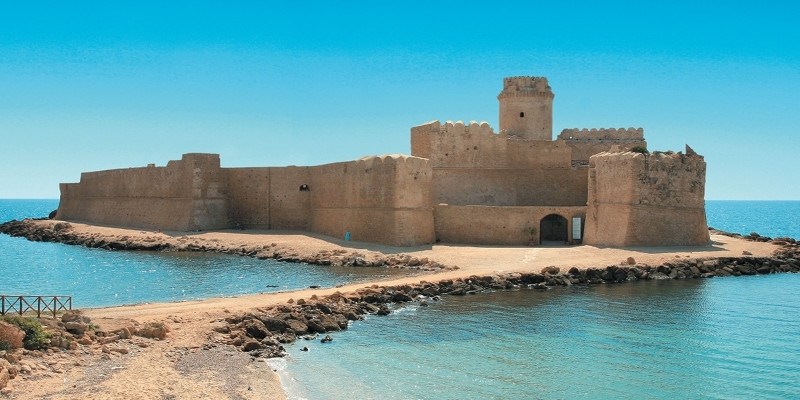
Capo Colonna Archaeological Park
The entrance to the Park consists of the new Archaeological Museum, a structure with three pavilions. Crossing the entrance of the Via Sacra, you enter the area of the sanctuary of Hera Lacinia. On the east side is the temple of Hera Lacinia. In the area outside the sanctuary, but still within the Archaeological Park, various domestic environments have been excavated, which make one think of the priests' quarters.

The castle of Belvedere Marittimo
The castle of Belvedere Marittimo, also known as del Principe, was built in the second half of the 11th century by order of Ruggiero the Norman. Over the centuries many noble families succeeded in owning the manor. In 1490 the castle was equipped with a drawbridge and expanded with walls and two crenellated cylindrical towers. Still today the entrance is surmounted by a plaque with an Aragonese coat of arms held up by two cherubs. The castle of the Prince of Belvedere Marittimo has been declared a national monument.

National Archaeological Museum of Crotone
It is among the richest and most fortunate in Calabria due to the abundance of exhibited materials and their intrinsic historical and artistic value. A section dedicated to Greek vascular production has rare invoice vases and amphora separated according to origin: Corinthian, Calcidese, Attic and Italiot. An entire room is dedicated to finds from the famous Sanctuary of Hera Lacinia, in fact the Treasure of Hera consists of precious votive objects in gold, bronze and marble. Among these objects stand out, for historical and artistic interest, the splendid Golden Diadem dedicated to the goddess Hera Lacinia, protector of the crotonates.


Abbey of the Matina
Built in the 11th century by the Norman, Roberto il Guiscardo and his wife Sikelgaita. In 1222 the Cistercian monks took over, who made significant architectural changes to the chapter house. Today the Abbey of Santa Maria della Matina is one of the greatest examples of Cistercian architecture in Calabria. It still preserves evident architectural signs of the Cistercian style. Today the church is no longer there, but the main architectural structures are well preserved.

Gastronomy in Calabria
Restaurant "Abbruzzino"
You will see iconic Calabrian ingredients, with the same attention and attention: Tropea onions, bergamot, salted cod and aubergines are characterized by a strong impact, but each is treated with the modern minimalist twist. There is also a selection of dishes from all over Italy. The New York Times listed Ristorante Abbruzzino as one of their top places to visit in 2017. Ristorante Abbruzzino is the first restaurant to ever receive a Michelin star in Calabria.

The restaurant "Da Giovanni"
It located in Reggio Calabria un the old town. It has simple classic style decor. Specialized in the preparation of fish dishes. Among the specialties: linguine with swordfish and the famous grilled fish ... famous are the grilled prawns au gratin. Everything is accompanied by a variety of national wines.

Restaurant "Taste workshop"
It is the place where it is possible to discover new combinations and rediscover authentic flavors of tradition. The menu changes with the passing of the seasons, to savor local products when they offer their natural goodness. It is located in Reggio Calabria.
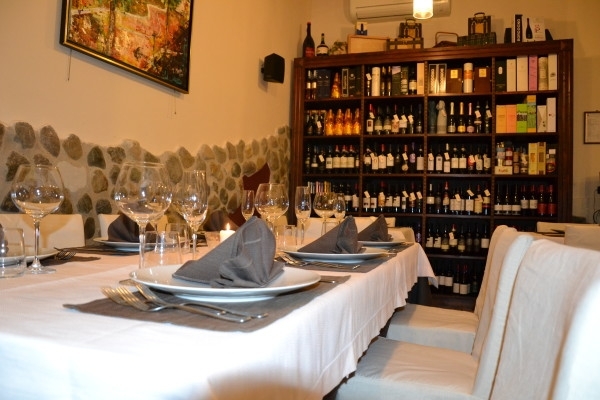
Restaurant "Red shrimp"
It is a fantastic restaurant for fresh fish dishes that is caught daily by local fishermen. The other meat dishes and desserts are also excellent. Among the latter, the yogurt and cheese mousse is excellent in raspberry and Calabrian fruit sauce.

Local food
Lagane and chickpeas
It is the symbol of the poor and home cooking of the region. Pasta is prepared at home by grandmothers or Calabrian mothers and requires a lot of love. While the chickpeas are cooked in the "pignata" in the fireplace.

U Murzeddu
It is a dish based on a focaccia of pasta with all the offal and organs of the animals inside. The most ancient ingredients of this dish are: veal heart, lungs, spleen, liver, stomach, tripe, tomato concentrate, hot peppers, salt, oregano, and bay leaf. It is the symbol of the Catanzarese cuisine. The legend linked to this dish tells that a woman with children and abandoned by her husband fell a misery, finds work to clean all the organs and offal of the animals killed and it was so that it occurred to her to create this dish since she had nothing else to to eat.

Struncatura
Pasta typical of the plain of Gioia Tauro also prepared with anchovies and breadcrumbs. The flour was obtained from the scraps (flour and bran) that were deposited on the ground during the milling of the wheat, so it has a dark color. Today prepared by all pasta makers.

Panicelli
Typical dessert of the Riviera of the Cedars, the dessert consists of bundles of cedar leaves cooked in the oven stuffed with dried zibibbo grapes and pieces of cedar peel.

What to see in Umbria?
Monuments, restaurants and local foods
How to enjoy Clermont-Ferrand
Clermont-Ferrnad, located in Auvergne a green and peaceful region, is the perfect place if you want to discover France in an unusual way.
Morocco by car
Morocco by car. The full itinerary of a car trip in Morocco.
Road trip: 15 days accross Europe
Go through 4 different countries and visit new places, cultures and ways of life in a 12 days road trip accross Europe.


